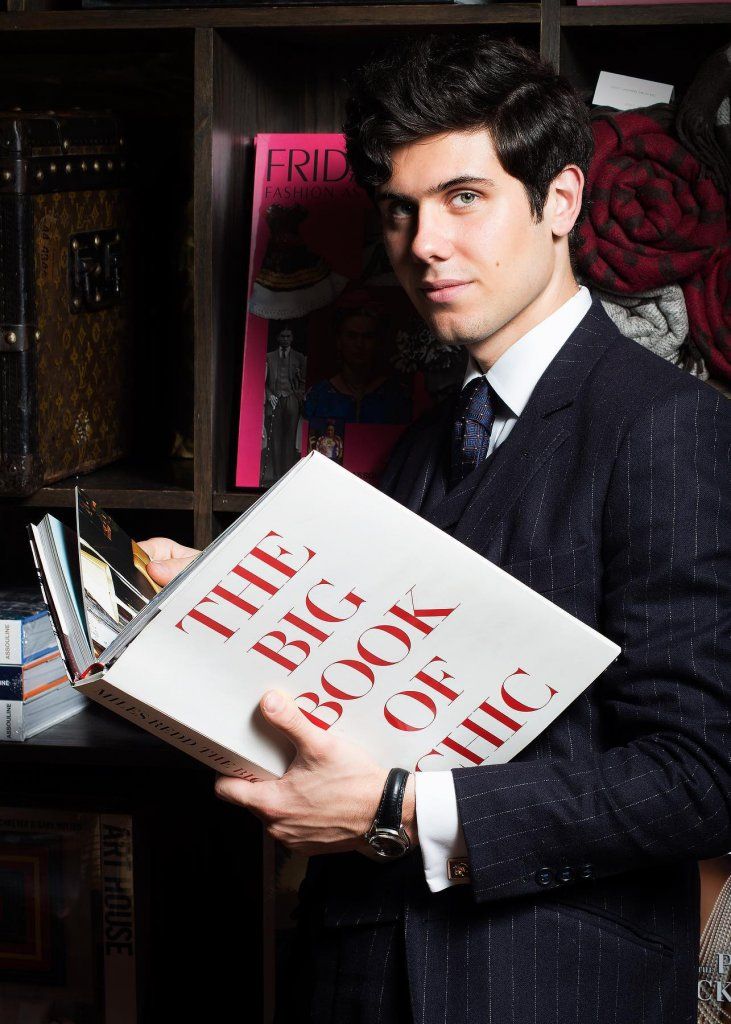Publishing a book in New York, the epicenter of the American publishing industry, can be a complex endeavor with varying financial implications. While traditional publishing often means the author doesn’t pay upfront costs, understanding the full spectrum of expenses, both direct and indirect, is crucial for any aspiring or established writer. The “cost” isn’t always monetary; it can also involve time, effort, and strategic decisions that impact your book’s success hybrid publishing companies.
Traditional Publishing: Minimal Upfront Author Costs
In the traditional publishing model, especially with major New York houses, authors typically do not pay for the core publishing process. This includes editing, cover design, interior layout, printing, distribution, and marketing. The publisher assumes these financial risks. Instead, authors receive an advance (an upfront payment against future royalties) and earn royalties (a percentage of sales) once the advance has “earned out.”
However, even in traditional publishing, authors often incur indirect costs:
- Agent Commissions: Most traditionally published authors work with a literary agent, who typically takes 15% of all earnings (advances and royalties). This is a standard industry fee and well worth it for the agent’s expertise in securing a deal and negotiating the contract.
- Marketing and Promotion (Author’s Share): While publishers handle much of the marketing, authors are increasingly expected to have a strong author platform and contribute significantly to promotion. This can involve costs for website development, social media advertising, book launch events, travel for appearances, and professional publicity services if the author chooses to supplement the publisher’s efforts.
- Professional Development: Conferences, writing workshops, critique groups, and memberships in literary organizations all have costs, but they are investments in an author’s craft and network.
Self-Publishing: Direct Financial Investment
For authors choosing the self-publishing route, especially if they aim for a professional quality product that can compete with traditionally published books, the costs are direct and significant. New York offers a wealth of freelance professionals (editors, designers, publicists) who can be hired, but their services come at a premium.
Key self-publishing expenses include:
- Editing: This is perhaps the most critical investment. Professional editing can range from $0.01 to $0.05 per word, depending on the level (developmental, copyediting, proofreading). For a 70,000-word novel, this could be $700 to $3,500 or more.
- Cover Design: A compelling cover is essential for attracting readers. Professional cover design can cost anywhere from $300 to $2,000+, depending on the designer’s experience and the complexity of the design.
- Interior Formatting/Layout: Ensuring your book’s interior is professionally laid out for both print and ebook formats is crucial. This can cost $200 to $1,000 book launches.
- ISBNs: While some self-publishing platforms offer free ISBNs, purchasing your own (in the U.S. through Bowker) is advisable for greater control and can cost around $125 for a single ISBN or less per ISBN in a block.
- Marketing and Publicity: This is where self-published authors bear the full burden. Costs can include website creation, social media ads (Facebook, Amazon, Goodreads), professional review services, virtual book tours, and hiring a freelance publicist. This budget can range from a few hundred to several thousands of dollars.
- Printing (for physical copies): If you opt for print runs beyond print-on-demand, there are upfront printing costs, though many self-publishers rely solely on print-on-demand services, which have no upfront printing fees.
- Legal Fees: While less common for every self-published author, consulting with an attorney for copyright, trademark, or contract review can be an additional cost.
Hybrid Publishing: A Blended Model
Hybrid publishing sits between traditional and self-publishing. Authors pay a fee to a “hybrid publisher” who then provides services like editing, design, and distribution, often with higher royalty splits than traditional publishers. The cost varies widely, from a few thousand to tens of thousands of dollars, depending on the services included. It’s crucial to thoroughly vet hybrid publishers to ensure they meet industry standards and offer genuine value for the investment.
Conclusion
The “cost” of publishing a book in New York is not a single figure but a spectrum of financial and time investments. For traditional authors, the primary “cost” is often the agent’s commission and the time invested in platform building and promotion. For self-published authors, it’s a direct investment in professional services to ensure their book meets industry standards. Regardless of the path chosen, understanding these potential expenditures allows authors to make informed decisions and strategically navigate the vibrant, yet demanding, New York publishing landscape.


